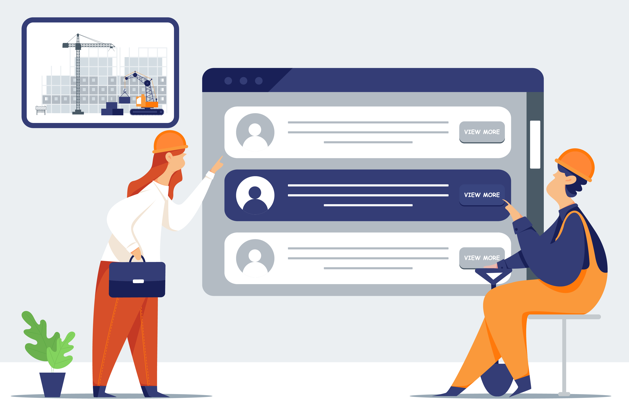From Idea to Execution: How Website
Builder Software Facilitates Website Creation
Regardless of your level of experience with web design, you can create and publish a
website using a website builder. These platforms feature a library of templates,
designs and blocks that allow you to make changes with minimal fuss. They also
support third-party integrations for things like shopping carts and lead capture
forms. And, they are generally designed to be mobile-responsive so that you can
easily preview and adjust your designs on different screen sizes.
In order to help you determine whether or not a website builder is right for you, it is
important to understand what your website goals are. Some examples may include
creating a website for a small business to market products or services, launching an
online store, building a blog to increase your traffic and engagement, or establishing
an online presence as a freelancer.
For each goal, you will need to decide how much functionality your site requires. If
you are just establishing an online presence, you may only need a few pages
including your home page and contact page. If you are trying to launch an
ecommerce site, you will need more pages and advanced features such as a
shopping cart and payment processing.
Once you know what type of site you need, you can begin searching for templates
that match your requirements. Website builders typically offer a wide range of
templates to fit any industry vertical, from simple blogs and portfolios to complex
ecommerce sites. Some even come with built-in SEO tools that provide guidance in
optimizing your site content, meta descriptions and image alt text to improve your
search engine optimization (SEO) performance.
When you find a template that matches your requirements, you can replace the
sample content with your own and then start adding and editing the individual
elements of your site. The majority of website builder software provides a drag-and-
drop editor to simplify the creation process, making it easy to add and move around
elements without having to learn HTML or CSS.
Most templates are also designed to be mobile-responsive so that your site is optimized for different screen sizes.
If you are having trouble finding a suitable template, some website builder software
offers an artificial design intelligence (ADI) system that can help you build your site.
The ADI system will ask you a few basic questions about your business, from its
name to the industry it operates in, and then create a site shell for you. While this is
a great tool, it is important to keep in mind that a fully-customized website will be
more likely to rank highly on search engines than a templated site.
Once you have finalized your site, the last step in website creation is publishing it.
After your site is live, it's critical to optimize your site for speed and performance.
A slow loading site negatively impacts customer experience, increases bounce rates
and reduces conversions. Luckily, many website builders provide an automatic
update feature that will optimize your site for speed and performance after it's
published.

Want to know how I built my website?
Click Here to Check Out My DIY Website Builders' Top Recommendations
My Recent Posts
All-in-One Sales Automation Platform
Check out my recent post on all-in-one sales and marketing tools and what I think of it.
Sales Funnels
Check out my recent post on sales funnels and what I think about them. Are they still worth it?

From Finance to the Digital Marketing World!
Hey there! I am Natalie Acosta a digital marketer with a mission to educate and help everyday people unlock their business potential through the power of digital tools and software. My journey into the online space was not a straight path, but it's been one of growth, discovery and passion for helping others succeed! After spending over a decade in the financial industry, I decided to take full control of my time, income and future - and that's when I found digital marketing. It has provided me with the freedom I was craving, the ability to make a real impact, and I am here to help you do the same!
Natalie Acosta
©Copyright 2025 Educate My List
680 E. Main Street, Suite A, Unit 1361
Stamford, CT 06901
